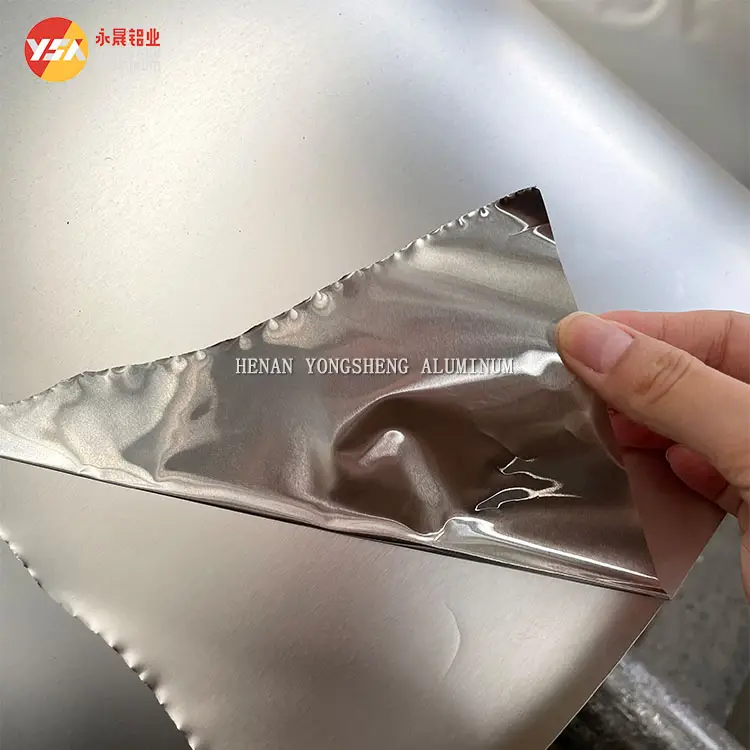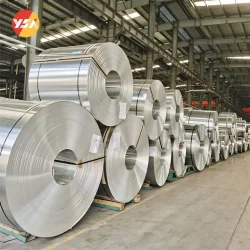Aluminum foil is a thin sheet of aluminum that is often used in cooking, food storage and a wide range of industrial applications. It’s made by rolling large slabs of aluminum until they are less than 0.2mm thick(200 micron). It’s used in many households and kitchens around the world due to its diverse range of applications.

What is the thickness of aluminum foil?
The thickness of aluminum is ranging from 0.006 mm(6 micron) to 0.2 mm(200 micron).
The thickness of aluminum foil is measured either in millimeter or micron. This is how to convert millimeter to micron:
1 Millimetre = 1000 Micrometres(micron)Aluminum foil thickness standards
Thin aluminum foil: usually ranges from 0.00017 to 0.0059 inches (0.0045 to 0.15 mm). This is the type often used in food packaging and domestic kitchen use, like wrapping leftovers.
Regular aluminum foil: ranges from 0.01 to 0.1 inches (0.2 to 2.54 mm). This is commonly used in construction for insulation or building materials, and industrial applications.
Heavy-duty aluminum foil: usually over 0.1 inches (2.54 mm) in thickness. This can be used in more rigorous applications like heat exchangers in industrial equipment.
How is aluminum foil measured?
There are many methods to measure the thickness of aluminum foil, common ones are:
Micrometer: This tool, also called a “micrometer screw gauge,” can measure dimensions as small as one micrometer. This device typically has a calibrated screw used for making precise measurements.

Caliper: A caliper is a device used to measure the distance between two opposite sides of an object. It’s a common tool in many fields such as mechanical engineering, metalworking, forestry, and medicine.

Optical Interferometry: Optical interferometry is a technique that combines the wave patterns of two or more light beams to produce an interference pattern. This technique is used to measure small displacements, changes in light wave lengths, and surface irregularities, as well as to determine small differences in manufacturing deviations.

